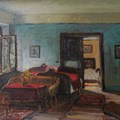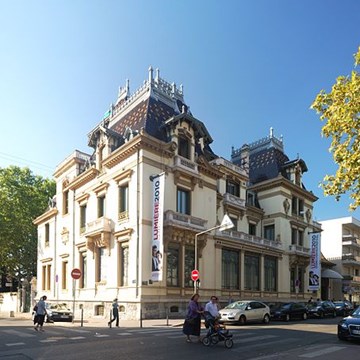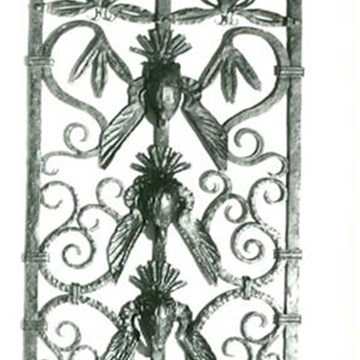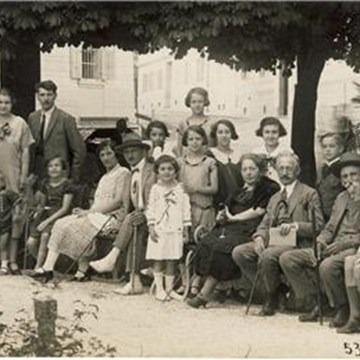School Programme: Behaudin Selmanovic
BEHAUDIN SELMANOVIĆ SELMAN
(Pljevlja, 1915 – Sarajevo, 1971)
Judged by his lifestyle, Behaudin Selmanović – Selman was one of the loneliest painters in the history of Bosnian and Herzegovinian modern art. One of the most authentic collections of works, which belongs to our twentieth century painting period, can be considered as the fruit of that loneliness. Selmanović studied in Zagreb, at the Academy of Fine Arts from 1937 to 1943. He passed through painting schools of Krsto Hegedušić, Jozo Kljaković and Marino Tartaglia. Tartaglia was also his mentor so his lessons stuck with Selmanović for the rest of his life; including the one that says that the painter should always paint in front of his motif.
Traces of Cézanne’s impact are visible in Selmanović's painting between 1945 and 1955. It is after this period that he gradually reaches his "flatbed" picture plane and synthetic style, in which the dominant role in the process of creating the painting construction is occupied by the elements of line and color.
From then on forwards, his whole body of work can be divided by thematic units, which include still life, landscapes and figures.
When it comes to Selmanović’s paintings, apart from specific colors, thinner or thicker lines drawn around the object, in black or any other color, are used as a sign of recognition.
Contours served him in the way that they set apart colors and forms, strengthened the composition and emphasized a certain volume. The painting's demands, according to Selmanović, were above the demand for total and mere reproduction of the nature. Color played a destructive role in the possible iconographic naturalism, as he rarely competed with nature in its accuracy and rarely transposed it literally to the canvas. With color, visual data finally transformed into plastic signs. The real turned into pure artistry. Selmanović’s coloristic principle was built on tonal unity and its gradation from warm to cold, but he also used to disrupt it by the use of some colored detail, which would bring an unexpected note into the painting and let the color shine in contrast to the prevailing gamut.
While searching for the meaning of insignificance and the beauty of the ordinary in objects, the way he interacted with his surroundings was almost pious.
Exhibitions and events

Intimacies of Space
Permanent exhibitionEvery work of art, unless commissioned, originated from the intimate needs of an artists. Regardless whether it is about a landscape, still life, a scene from the life or any other motif, the artist...
Activities from this museum

School programme: Roman Petrovic
About „School Programme“ The "School Programme" is a series of smaller...

School Programme
"School programme" is a project initiated by the National Gallery of...











